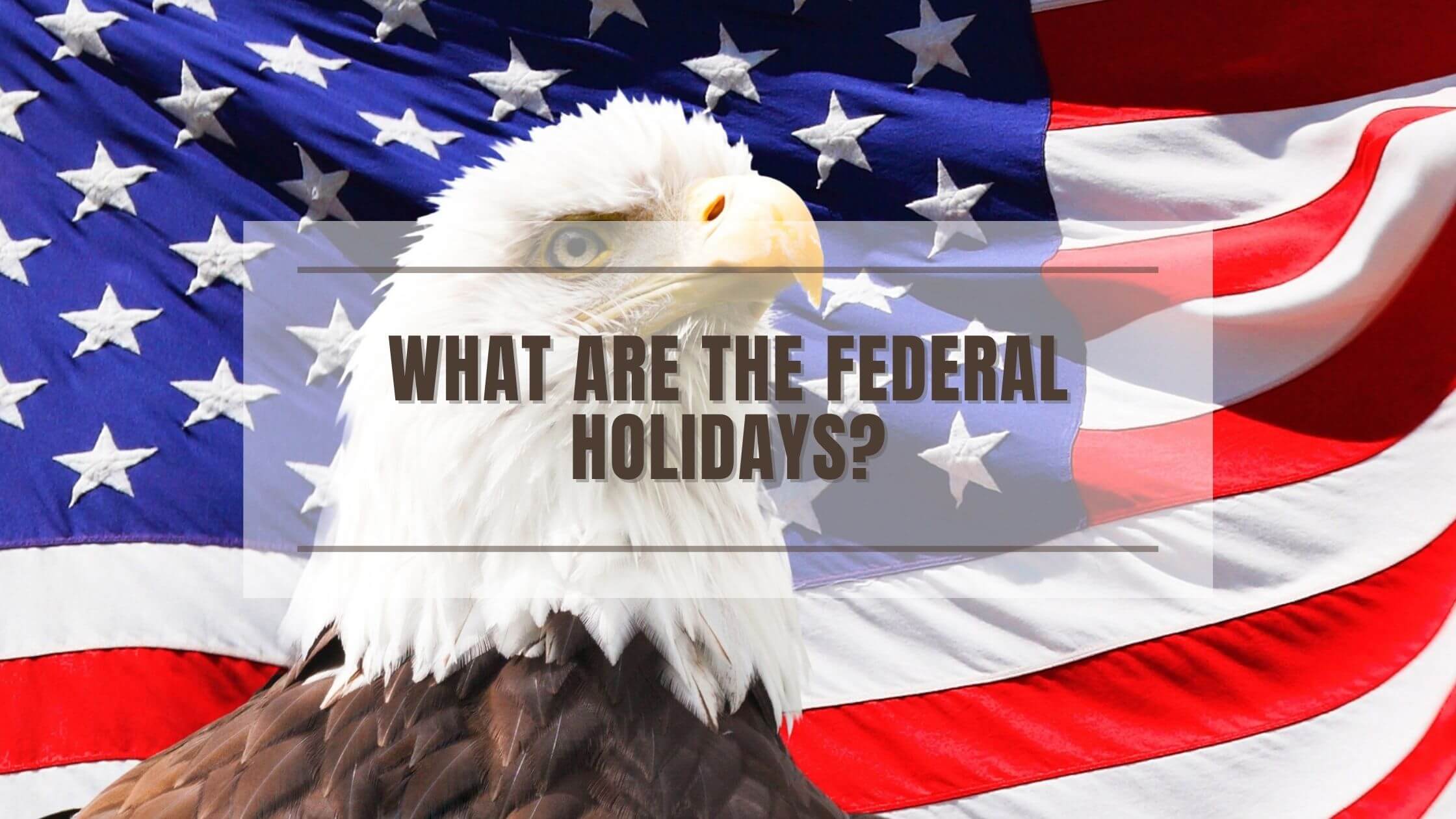Table of Contents
ToggleFederal holidays in the United States are designated days when non-essential federal government offices close, and federal employees are generally given a paid day off. These holidays are established by Congress and provide a chance for Americans to observe significant historical events, celebrate cultural traditions, and spend time with family and friends. Here’s a detailed look at the federal holidays in the U.S., their origins, significance, and the general observance practices.
Day Off
The #1 tracker for your team’s PTO, vacations and absences, Day Off will help you track your team’s leaves and absences in one place. In seconds you will set up your leave policies, approval workflow and enjoy a unique experience. The “Day Off” app concept revolves around providing users a platform to manage their personal, sick, and vacation days more effectively. features aimed at both individual employees and organizations.
- Employees can track their balances up to date information about their available time off.
- You can add unlimited numbers of employees.
- Supports various leave types (e.g., annual, sick, maternity/paternity leave) and Supports Days and Hours balance, you can add unlimited numbers of leave types and leave policies.
- You can Customize week starting day settings according to your company’s operational days.
- Setting up public holidays specific to your country or region, by importing holidays from Google.
- The app can integrate with ( Slack, Google Calendar, Outlook Calendar and Teams)
- Supports Accruals & Carry overs.
List of Federal Holidays
1. New Year’s Day (January 1)
- Significance: Marks the first day of the Gregorian calendar year.
- Observance: Celebrated with fireworks, parties, and resolutions for the new year. Many businesses and schools are closed.
2. Martin Luther King Jr. Day (Third Monday in January)
- Significance: Honors the civil rights leader Martin Luther King Jr.
- Observance: Community service projects, educational programs, and events focused on civil rights and social justice.
3. Presidents’ Day (Third Monday in February)
- Significance: Originally established to honor George Washington’s birthday; now celebrates all U.S. presidents.
- Observance: Parades, historical reenactments, and sales in retail stores.
4. Memorial Day (Last Monday in May)
- Significance: Honors military personnel who have died in service to the country.
- Observance: Ceremonies at cemeteries and memorials, parades, and family gatherings marking the unofficial start of summer.
5. Juneteenth National Independence Day (June 19)
- Significance: Commemorates the end of slavery in the United States.
- Observance: Celebrations include festivals, educational events, and community gatherings.
6. Independence Day (July 4)
- Significance: Marks the adoption of the Declaration of Independence in 1776.
- Observance: Fireworks, parades, concerts, and patriotic displays.
7. Labor Day (First Monday in September)
- Significance: Celebrates the contributions of American workers and the labor movement.
- Observance: Parades, picnics, and the unofficial end of summer activities.
8. Columbus Day (Second Monday in October)
- Significance: Commemorates Christopher Columbus’s landing in the Americas in 1492.
- Observance: Parades and celebrations, though it is a day of controversy and reflection on the impact on Indigenous peoples.
9. Veterans Day (November 11)
- Significance: Honors all military veterans who have served in the U.S. Armed Forces.
- Observance: Parades, ceremonies, and educational events highlighting veterans’ contributions.
10. Thanksgiving Day (Fourth Thursday in November)
- Significance: Gives thanks for the harvest and blessings of the past year.
- Observance: Feasts, family gatherings, and parades, most notably the Macy’s Thanksgiving Day Parade.
11. Christmas Day (December 25)
- Significance: Celebrates the birth of Jesus Christ.
- Observance: Religious services, gift-giving, festive meals, and decorations.

Observance and Impact
Federal holidays impact various sectors in different ways:
- Government Offices: Non-essential federal government offices are closed, and federal employees typically receive paid leave.
- Businesses: Many private businesses also close or operate on reduced hours, although practices vary widely.
- Schools: Public schools often close, but the schedule can vary depending on the state or district.
- Public Services: Essential services such as law enforcement and hospitals continue to operate, though they may be at reduced capacity.
Historical Context
- Origins: Federal holidays were first established in 1870 with New Year’s Day, Independence Day, Thanksgiving Day, and Christmas Day. Over time, additional holidays were added to reflect the evolving history and culture of the United States.
- Legislation: The Uniform Monday Holiday Act of 1968 moved the celebration of several holidays to Mondays, creating long weekends and simplifying observance for workers and schools.
Controversies and Changes
Some federal holidays, like Columbus Day, have become controversial. Critics argue that celebrating Columbus’s arrival overlooks the negative impacts on Native Americans. As a result, some states and cities have replaced Columbus Day with Indigenous Peoples’ Day.
Conclusion
Federal holidays are an integral part of American culture, reflecting the nation’s history, values, and diversity. They provide an opportunity for reflection, celebration, and unity. While their observance can vary, the underlying principles of honoring significant events and contributions remain constant. Understanding federal holidays helps appreciate their role in shaping national identity and fostering a sense of community.
